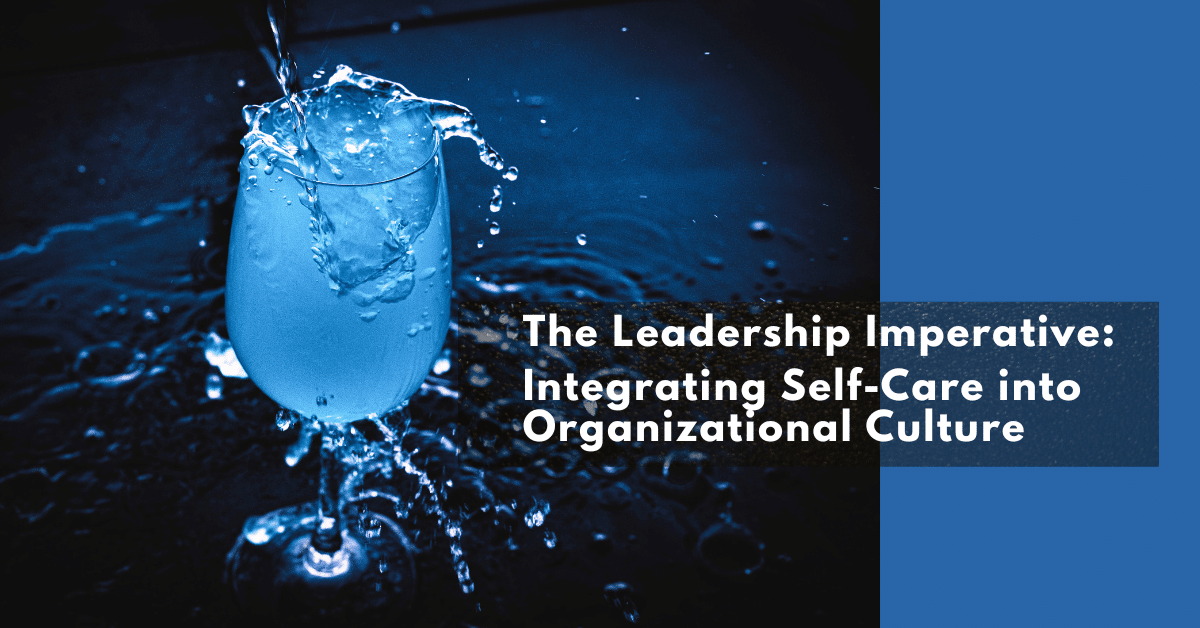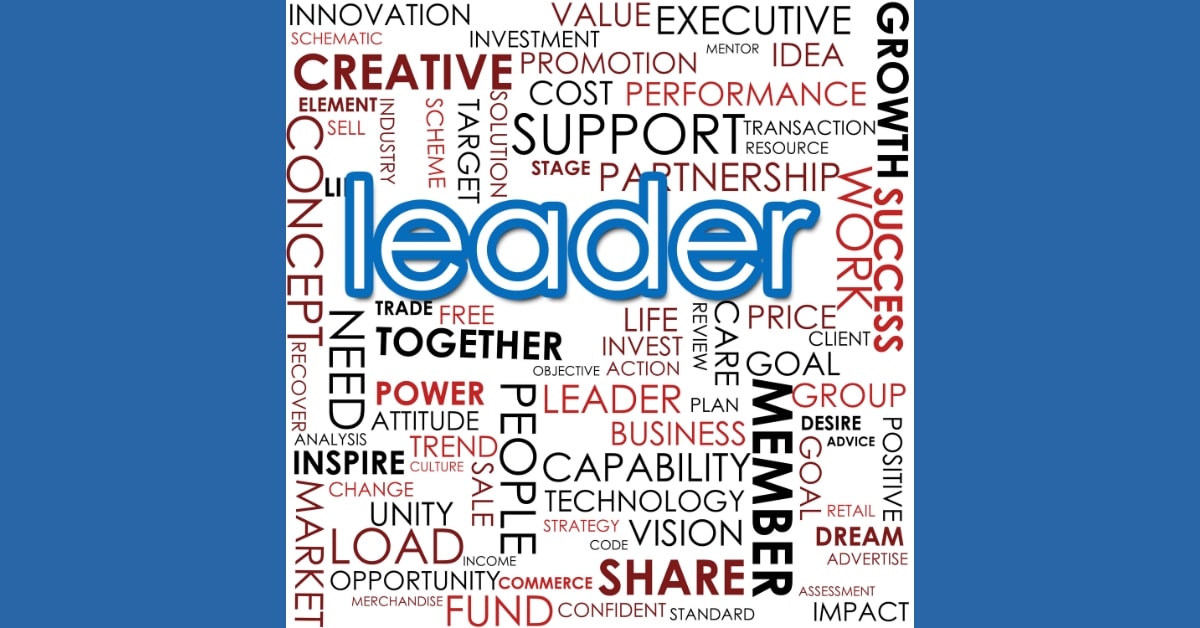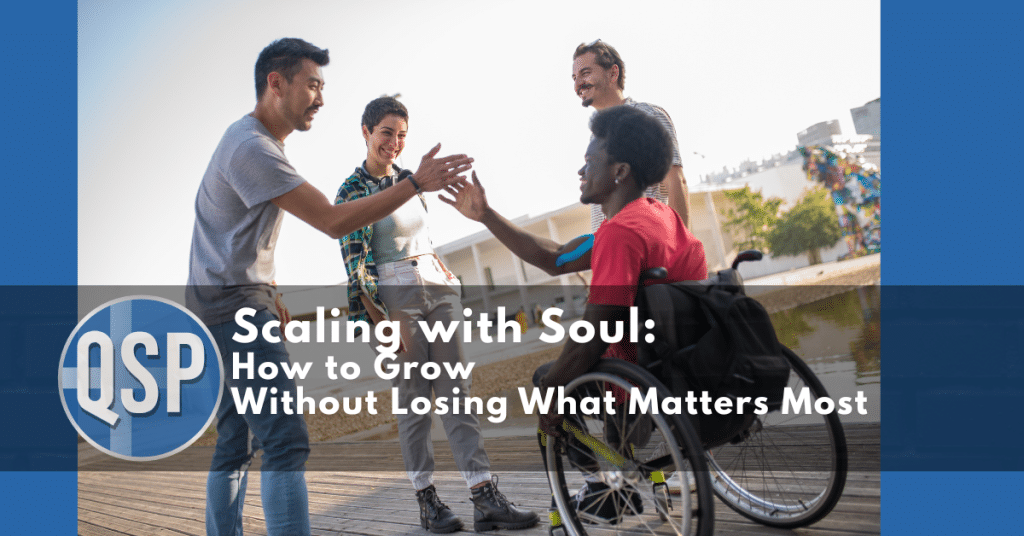Your cart is currently empty!
In the I/DD world, leadership often looks like endless giving — of energy, empathy, time, and heart. We show up for others daily, pouring into the lives of people who depend on our presence and consistency. Yet many of us quietly lead from an empty cup.
The truth is simple: we can’t pour from what we haven’t replenished. And that truth sits at the heart of leadership. As John Maxwell once said, “You cannot give what you do not have. Leaders must first lead themselves before they can lead others.”
That’s not a motivational slogan — it’s a leadership principle that should shape the very culture of our organizations.
Why Self-Care Is a Leadership Skill, Not a Luxury
In our world, compassion fatigue is real. Leaders and team members alike often prioritize everyone else’s needs, believing that self-care is secondary — something to squeeze in later.
But self-care is not self-indulgence; it’s self-stewardship.
When we neglect our own well-being, our decision-making dulls, creativity wanes, and empathy becomes transactional rather than transformational. On the other hand, when we lead from overflow — physically, mentally, emotionally and spiritually — we create an environment where excellence and empathy coexist.
As Brené Brown writes, “Daring leaders are never silent about hard things.” We must be courageous enough to talk about the the B’s of doom : burnout, boundaries, and balance — not as HR topics, but as core leadership disciplines and the “how” to our mission.
Culture Is What You Model, Not What You Announce
At QuickSolve Plus and Compass Cares, we often talk about values like compassion, excellence, and growth. But culture isn’t what we say; it’s what we consistently model.
When leaders visibly practice self-care, it gives permission for others to do the same.
• If you take your lunch break, your team will too.
• If you step away to reset before a big decision, your staff will learn reflection to response over reaction.
• If you leave at a healthy hour, it signals that rest and responsibility can coexist.
Stephen Covey taught that leadership begins with “sharpening the saw.” That’s not just a metaphor for efficiency; it’s a reminder that dull tools — or tired people — can’t cut through complex challenges effectively.
The Practical Side: Building a Culture of Care
Integrating self-care into organizational DNA doesn’t require a massive initiative — it requires intention. Below are tangible ways to weave well-being into everyday operations:
A. Normalize Human Rhythms
Encourage leaders to check in, not just on progress, but on people. A simple “How are you, really?” can shift an entire week. Create rhythms of rest — quiet zones, reflection days, or schedule-protected focus hours.
B. Rethink Meetings
Replace back-to-back sessions with margin minutes — small buffers for deep breaths, notes, or simply not talking. As Simon Sinek emphasizes, leaders are “the ones who eat last” — meaning they serve best when they pace themselves sustainably.
C. Reward Rest, Not Just Results
Celebrate staff who model healthy boundaries or inspire renewal. Include “well-being wins” in performance reviews. Recognize that resilience is as valuable as productivity.
D. Lead by Listening
Ask teams what renewal looks like to them — quiet time, creative projects, or community moments. Leadership thrives when people feel seen not only for what they produce but for who they are.
Integrating Faith, Purpose, and Performance
Many of us in this field are purpose-driven — we believe our work is more than a job. It’s calling. But purpose without margin leads to exhaustion, not excellence.
Taking time for stillness, prayer, reflection, or gratitude realigns us to the “why” behind the “what.” It restores clarity and compassion — the very traits that make I/DD leaders extraordinary.




